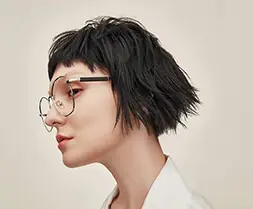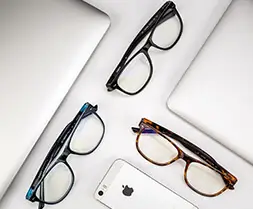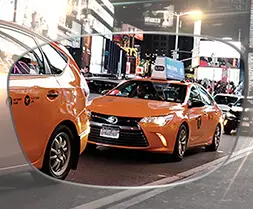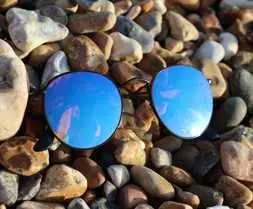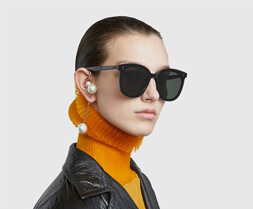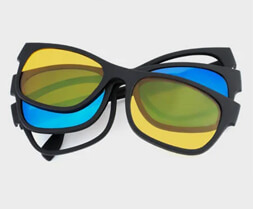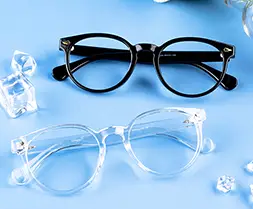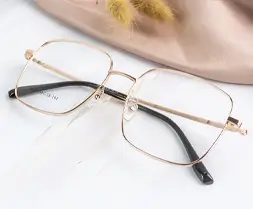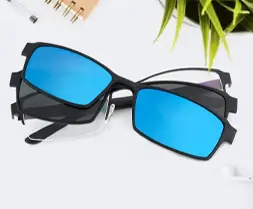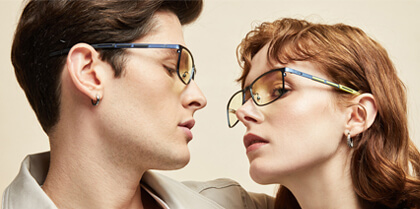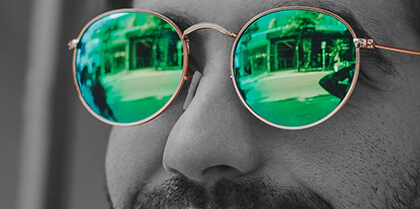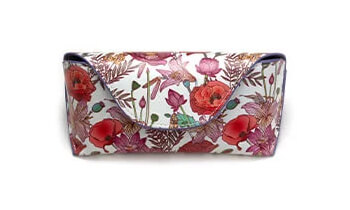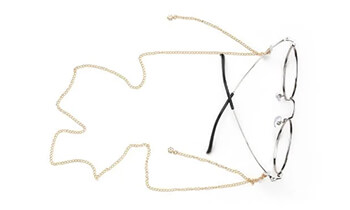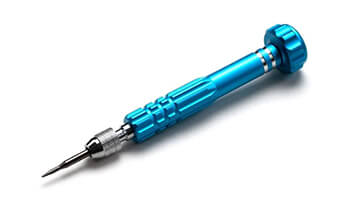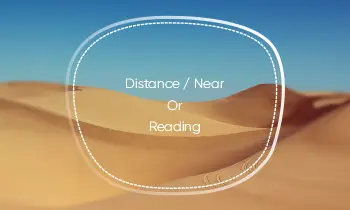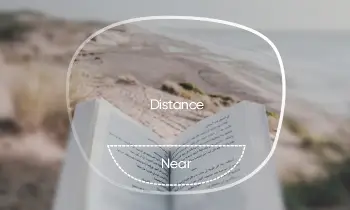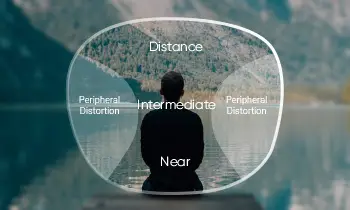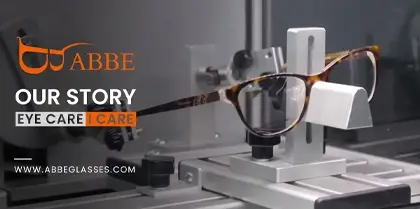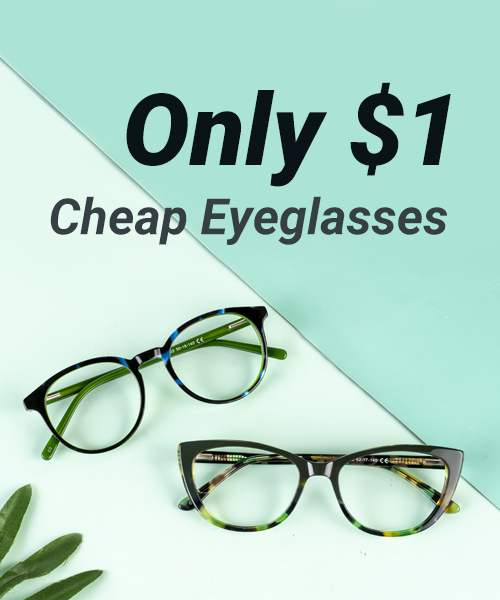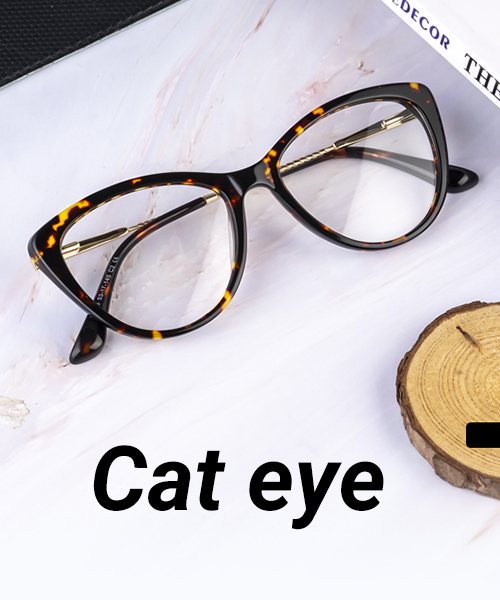What exactly is the purpose of the bifocals with a line in the middle that we commonly see? Do we need to buy those bifocal reading glasses when the ophthalmologist recommends wearing them after an eye exam?
What are bifocal reading glasses?
Bifocal glasses are glasses fitted with bifocal lenses, which can correct both distance and near vision, and are mainly required for farsightedness correction. We often see people wearing the kind of lenses with a line down the middle, called flat-top bifocal lenses. There are several bifocal lenses: flat-top bifocals, round-top bifocals, curved-top bifocals, and invisible bifocals.
Why we need bifocals?
Here is a misconception that many people share: people who have nearsightedness do not suffer from farsightedness in old age. This is inaccurate, as people with myopia may still have presbyopia in old age.
We know that the so-called presbyopia is the aging of the eye lens, the elasticity is weakened, and the near point moves farther away. Myopic eyes are still nearsighted when they get older, but when they look closer, presbyopia is neutralized with myopia. If a person's prescription of myopia is less than the required amount of adjustment, then he still has to wear presbyopic glasses for correction.
This is why some people are both nearsighted and presbyopic. This condition requires presbyopic lenses to correct when looking close and nearsighted lenses to correct when looking far away. And this is the reason why bifocals were developed for use.
How do bifocal reading glasses work?
Generally, a flat-top bifocal lens is a small lens set on the original lens, with a flat top, which is how it got its name. The small lens is mainly used to correct presbyopia - to see near; the other part (mainly the upper part of the lens) is used to correct myopia - to see distant objects. So that one pair of glasses can correct both nearsightedness and presbyopia without having to change back and forth to different frames.


